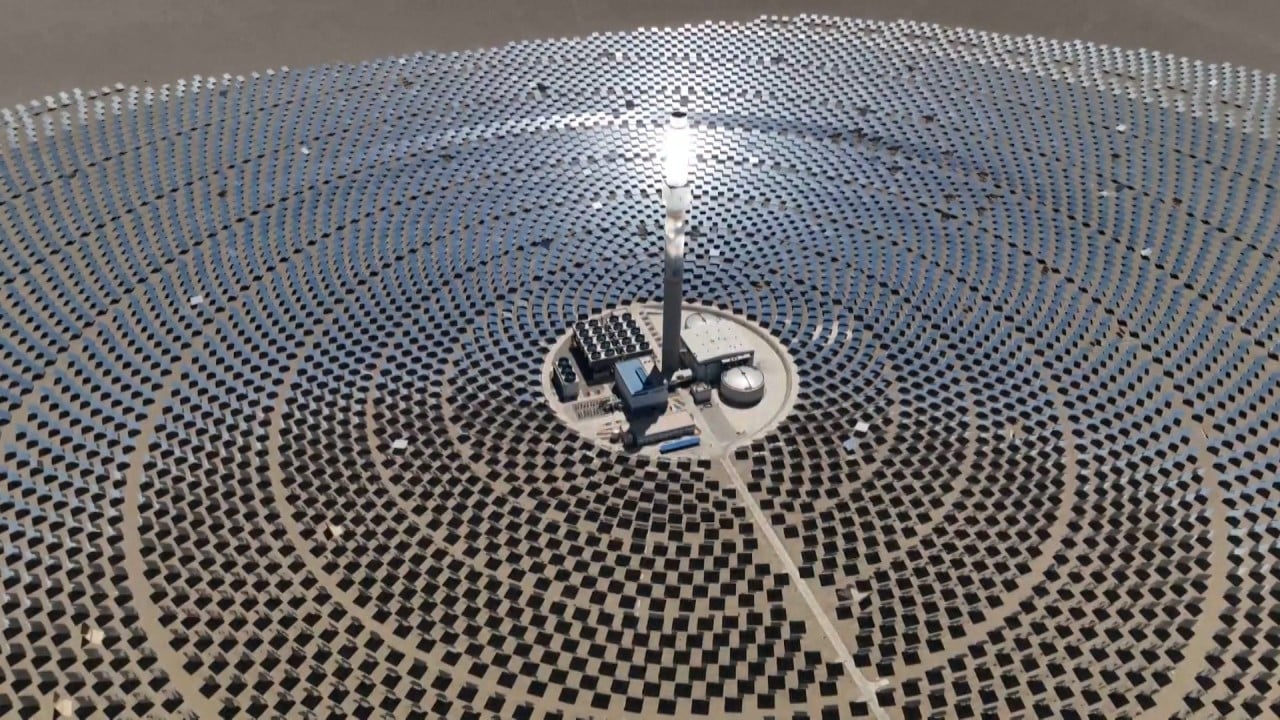New York Times columnist Thomas Friedman wrote in 2007 that “Green is the new red, white and blue”, arguing that the United States could cement its leadership through clean technology. The ensuing decades have seen US political dysfunction turn that on its head. Now in 2025, he argues that US President Donald Trump’s “big, beautiful bill” will only “make China great again”.
Advertisement
It’s not hard to see why he might think that. There is an intimate connection between generation capacity and national economic output. In a world driven by increasingly energy-hungry AI models, large digital infrastructure outlays and traditional industrial processes, abandoning the cheapest form of energy generation yet discovered to defend legacy interests in fossil fuels seems foolish.
It has been a truism since the beginning of the 2020s that, per dollar spent on capacity, renewables now beat fossil fuels on price, and renewables are not dependent on a continuous stream of outside fuel at fluctuating prices.
In that challenge lies opportunity. In a world plagued by climate instability, energy insecurity and economic uncertainty, the next global leader will be crowned not by war or wealth but by capability and capacity. Delivering on clean energy at scale will be the leading edge upon which these are determined, and China is positioning itself at the centre of this transformation. It is becoming the world’s largest producer of solar panels and electric vehicles and underwriting a green revolution that could redefine global governance.
As economic historian Adam Tooze recently pointed out during a dialogue at the Centre for China and Globalisation, China has effectively ignited a green energy revolution, forging capacity where there was once only framework and far-off dreams of substitution. In 2023 alone, China installed more solar capacity than the entire world did the previous year, and it’s driving down the prices of installations elsewhere.
Advertisement
The cost of solar has dropped to just 11 cents per watt of capacity in 2024. As Tooze said, “Because that dominance – and it is dominance – of so many areas of production, very high quality, very high flexibility, and integration across the entire supply chain and reasonable cost, means that it’s difficult for other people to imagine their economic future.”


